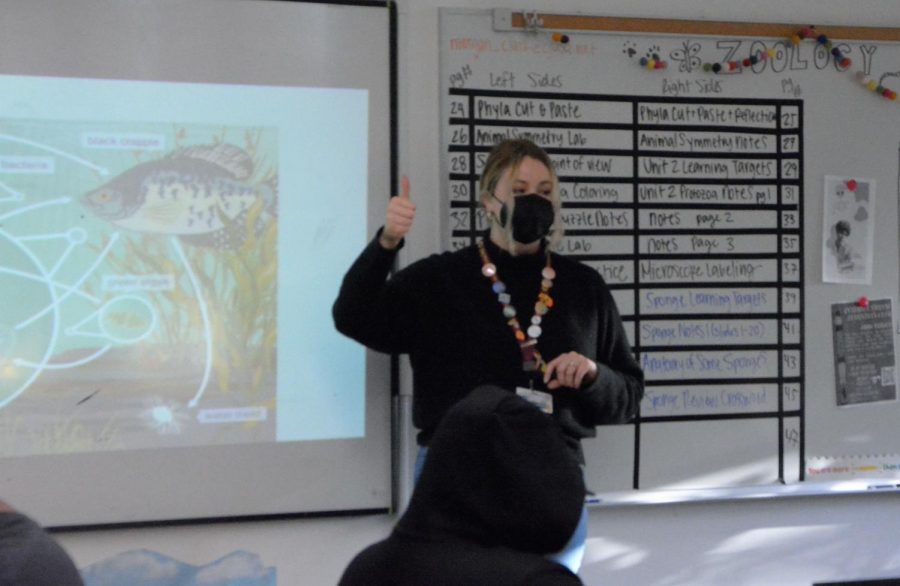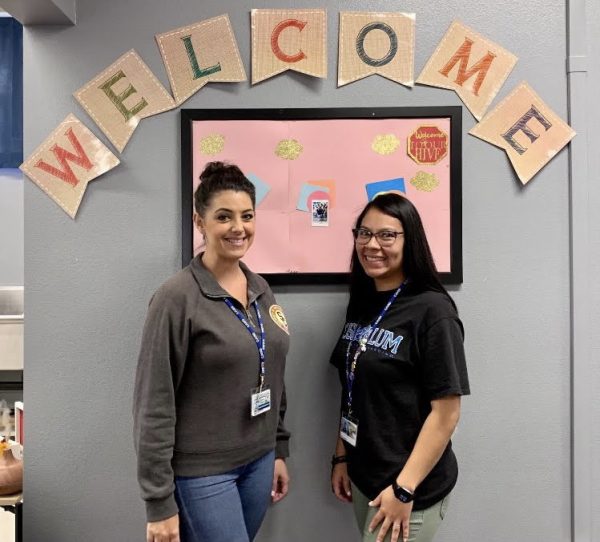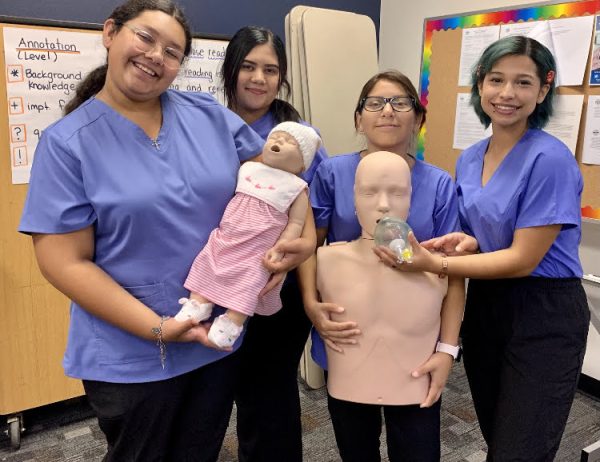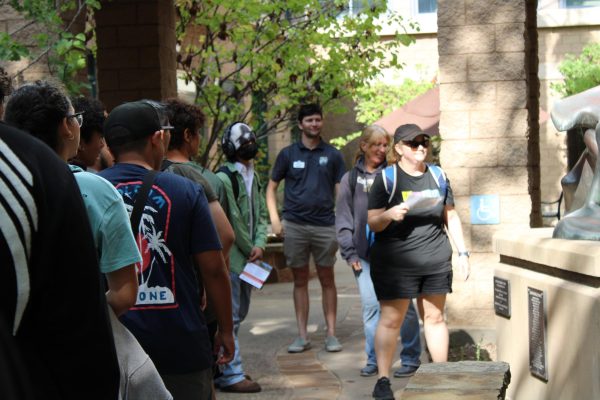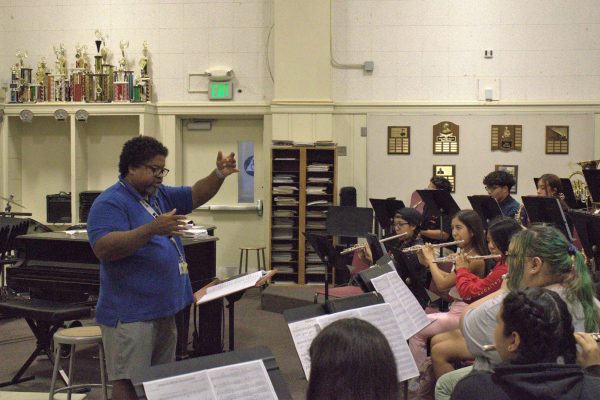Colton High science teacher brings award-winning ecology research into her classroom
Morgan Clark studied the effects of hormones on water in the Santa Ana River and made quite a discovery
Ms. Morgan Clark gives her students the thumbs up to start working on their assignment in Biology.
“I really love research,” says Colton High science teacher Morgan Clark.
On October 14, Clark participated in a virtual conference at the California Society for Freshwater Science about an educator research experience she had last summer at UCR. She conducted ecological research and formulated a science standard-aligned unit on her findings.
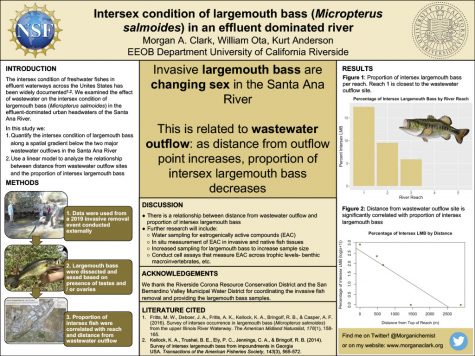
The UCR experience was part of the Science Educator Grant funded by the National Science Foundation and awarded to UCR. Clark applied to join Dr. Kurt Anderson, the professor responsible for obtaining the grant, and was the only researcher accepted to join his team. After being accepted into the program, she conducted her research over the summer in the Santa Ana River bed and the laboratories on UCR’s campus.
“The goal of the research was to have teachers design, conduct, and then carry out an experiment or a study,” she explained.
Clark was no stranger to scientific research. In the past, she has done several scientific research studies, mainly focused on animal behavior and how humans impact ecosystems.
At the conference, Clark presented a poster of her experiment on the effects of wastewater on intersecting conditions in large mouth bass. Her experiment was held at the Santa Ana River, which is mostly sustained by wastewater. All of the wastewater has to go to a water treatment plant where all of the bacteria and waste are removed before the water is returned to the river to keep the water levels up.
“So by the time it goes back into the river, this water is clean, but there’s some stuff in the water that we can’t remove . . . and one of those things are hormones,” Clark shared.
She discovered when hormones from birth control pills are excreted into the wastewater, they “are so small that they can’t be filtered out, which means they get into the water of the Santa Ana River.”
This causes one fish in particular, the largemouth bass, to become intersex. In other words, it means the fish develops both male and female reproductive organs. Swimming in the hormone-infused water causes them to develop these characteristics.

Clark’s presentation was well-received at the conference, taking first place for Poster Presentation.
Now, Clark is turning her attention to using her lesson plans in the classroom. She has already introduced students to the bass phenomenon, and as the unit progresses, will bring graduate students from UCR into the classroom to teach and work with students.
“I was really excited about it because it gave me a really relevant example to teach the unit with,” she shared. “Ecology isn’t really relatable to students, but here is this thing that happens at the Santa Ana River, which is a mile away, and you probably have been there or recreated in it.”
Recently, the CHS Publications Department experienced a major theft as over $20,000 in photography equipment was stolen from our studio over Spring Break. This included all cameras. Any amount you donate will help rebuild our program. Thank you!

Yajaira Alvarado is a Freshman at CHS. In her free time, when she doesn’t have a pile of homework due, she likes to listen to music, sleep, and read....

Joseline Ortega Delgado is a student at Colton High School. She doesn't talk much. When you run into her, expect her not to hear you over the music playing...




